Designing the perfect pub architecture is a balance between functionality, aesthetics, and creating a welcoming atmosphere that resonates with patrons. Whether you’re planning a small pub or a larger establishment, the design plays a pivotal role in its success. From modern design elements to practical considerations, every detail matters. This article delves into the key aspects of pub architecture design, exploring everything from layout optimization and material selection to the importance of lighting and ambiance. By understanding these elements, you can craft a pub that not only stands out but also meets the needs of your target audience. Let’s uncover the essential considerations that go into creating a successful pub design.

Key Elements to Consider When Designing the Architecture of a Pub
Designing the architecture of a pub involves a combination of aesthetics, functionality, and user experience. Here are the key factors to consider:
- Layout and Space Planning
- Open Spaces and Communal Seating : Create a welcoming environment with ample seating arrangements that encourage social interaction.
- Accessibility and Flow : Ensure easy navigation through the pub, with clear pathways and accessible entrances for all patrons, including families and those with mobility challenges.
- Diverse Zones : Designate areas for different activities, such as a quiet corner for reading or a lively bar area for entertainment.
- Exterior Design
- Facade and Signage : Use materials that reflect the pub’s theme, such as wood or brick, and ensure the signage is visible and appealing.
- Outdoor Seating : Provide comfortable seating options for guests to enjoy outdoor dining or socializing, especially during warmer months.
- Seasonal Decorations : Incorporate seasonal elements, such as festive lighting or themed decorations, to enhance the guest experience.
- Interior Design
- Aesthetic Appeal : Use warm, inviting materials like wood, stone, or exposed brick to create a cozy atmosphere.
- Lighting : Implement a mix of ambient, task, and accent lighting to set the mood and ensure visibility in different areas.
- Comfort and Versatility : Opt for flexible furniture that can adapt to different group sizes and activities, such as high-top tables for large groups or booths for smaller gatherings.
- Acoustic Solutions : Install soundproofing panels or absorptive materials to reduce noise levels, particularly in busier areas.
- Functional Features
- Kitchen Design : Ensure the kitchen is efficiently laid out to handle food preparation and service without compromising space.
- Restroom Accessibility : Design gender-neutral or family-friendly restrooms to cater to diverse patron needs.
- Storage Solutions : Provide ample storage for supplies and utensils to keep the pub organized and clutter-free.
- Security Features : Include measures like CCTV cameras or well-lit areas to ensure guest safety and reduce theft risks.
- Sustainability
- Eco-Friendly Materials : Use recycled or sustainable materials for construction and decor to minimize environmental impact.
- Energy Efficiency : Install energy-efficient appliances and lighting to reduce operational costs and promote sustainability.
- Waste Management : Implement recycling and waste management systems to promote eco-conscious practices.
By thoughtfully considering these elements, you can create a pub architecture that is both visually appealing and functionally efficient, catering to a broad range of patrons and occasions.
For more insights into pub culture and design, visit our dedicated blog at Dufferin Arms , where we explore the history, culture, and traditions of pubs worldwide.
What Are the Most Crucial Factors to Consider When Designing a Pub’s Architecture?
Designing a pub’s architecture involves balancing functionality, aesthetics, and customer experience to create a space that stands out and appeals to its target audience. Here are the key factors to consider:
1. Functionality
The layout and flow of the pub are critical to ensure that customers can move freely, find seating easily, and access restrooms and services without obstacles. Key considerations include:
- Space Planning: Adequate spacing for seating, tables, and service areas ensures comfort and efficiency.
- Flow Optimization: Designing pathways that allow for smooth movement between areas like the bar, dining sections, and entrance/exits.
- Accessibility: Ensuring that the pub is accessible to everyone, including those with mobility challenges, by incorporating ramps, widened doorways, and ample seating options.
2. Aesthetics
The visual appeal of a pub plays a significant role in attracting patrons and creating a memorable atmosphere. Important aspects to consider include:
- Interior Design: Choosing a style that reflects the pub’s theme, whether it’s traditional, modern, or themed around a specific era or cultural influence.
- Decor and Branding: Incorporating elements like vintage signs, quirky decor, or themed colors that align with the pub’s brand identity.
- Lighting: Using lighting to set the mood, whether it’s dimly lit bars or bright, inviting seating areas.
3. Location
The location of the pub significantly influences its success and architectural design. Key factors to evaluate include:
- Foot Traffic: Choosing a location with high foot traffic or near major transportation hubs can enhance visibility and accessibility.
- Community Fit: Aligning the pub’s design with the surrounding area’s character, whether it’s nestled in a historic district or part of a bustling urban center.
- Zoning Laws: Ensuring compliance with local zoning regulations to avoid structural and operational constraints.
4. Theme and Identity
A cohesive theme helps differentiate the pub in a competitive market. Essential elements to consider are:
- Brand Consistency: Aligning the architecture with the pub’s branding, including logos, color schemes, and overall aesthetic.
- Cultural Significance: Reflecting the pub’s cultural roots, whether it’s inspired by Irish pubs, American diners, or retro lounges.
- Unique Selling Proposition: Incorporating design elements that highlight what makes the pub unique, such as a rooftop deck, outdoor seating, or a private dining room.
5. Sustainability
Modern architecture often emphasizes sustainability, which can attract environmentally conscious patrons. Key considerations include:
- Eco-Friendly Materials: Using recycled materials, energy-efficient windows, and sustainable building practices.
- Green Spaces: Incorporating outdoor gardens, green roofs, or water features to create a relaxing environment.
- Energy Efficiency: Designing the pub to minimize energy consumption through smart lighting, heating, and cooling systems.
6. Safety and Compliance
Ensuring the safety of patrons and staff is paramount. Important factors to address include:
- Fire Safety: Installing appropriate fire suppression systems and ensuring compliance with fire codes.
- Health Codes: Meeting local health and safety standards for food preparation, storage, and hygiene.
- Security Systems: Implementing measures like surveillance cameras, secure entryways, and safe parking areas.
7. Flexibility
A well-designed pub should be adaptable to changing needs and trends. Considerations include:
- Adaptable Layouts: Designing spaces that can be reconfigured for events, private parties, or seasonal changes.
- Technology Integration: Incorporating features like free Wi-Fi, digital menus, or interactive games to enhance the customer experience.
- Social Distancing: Designing the layout to accommodate social distancing protocols while maintaining a cozy atmosphere.
By thoughtfully considering these factors, architects and designers can create pubs that are not only visually appealing but also functional, sustainable, and inclusive. Whether you’re building a new pub or renovating an existing space, focusing on these elements will help ensure its success and longevity in the market.
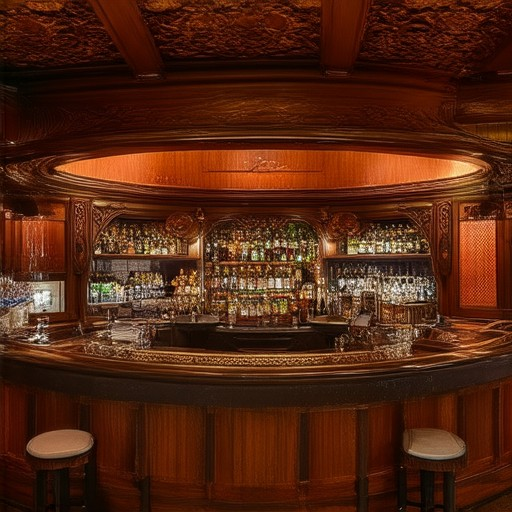
What Factors Should Be Considered When Designing a Pub’s Architecture?
When designing a pub’s architecture, several key factors must be taken into account to create a functional, inviting, and visually appealing space. Here are the most important considerations:
- Location and Foot Traffic
- Assess the area’s foot traffic to determine visibility and accessibility.
- Ensure proximity to public transportation and major roads for ease of access.
- Consider parking availability, especially for locations that attract larger crowds.
- Target Audience
- Identify who your primary customers are (e.g., locals, tourists, families, or professionals).
- Tailor the design to cater to their preferences, such as outdoor seating for families or a sleek, modern look for young professionals.
- Style and Aesthetic Appeal
- Decide between traditional pub styles (e.g., British pubs with cozy interiors) or modern designs with open layouts.
- Incorporate elements that reflect the pub’s theme, such as exposed brick walls, wooden beams, or vibrant decor.
- Functionality and Space Planning
- Plan the layout to accommodate seating, dining, and service areas efficiently.
- Ensure enough space for special events or live music performances.
- Lighting
- Choose lighting that enhances the atmosphere, whether it’s dimly lit bars or bright, welcoming spaces.
- Opt for energy-efficient lighting to reduce costs and environmental impact.
- Services Offered
- Design the space to accommodate the services you provide, such as food preparation areas or event spaces.
- Safety and Accessibility
- Install security systems and ensure clear pathways for emergency exits.
- Make the space accessible to everyone, including individuals with disabilities.
- Sustainability
- Use eco-friendly materials and energy-efficient appliances to promote environmentally responsible design.
- Local Regulations and Zoning Laws
- Comply with local building codes and zoning regulations to avoid legal issues.
By thoughtfully considering these factors, you can create a pub design that is both practical and appealing, ensuring it meets the needs of your community and stands out in your neighborhood.

What Are the Key Considerations When Designing a Pub’s Architecture?
Dufferin Arms, a dedicated blog to the history and culture of pubs, emphasizes several key considerations when designing a pub’s architecture. These factors ensure the space is functional, inviting, and reflective of its community values. Here’s a breakdown of the essential elements:
- Layout and Flow : The arrangement of seating, tables, and bars must facilitate smooth customer movement while maximizing space efficiency. Open layouts often foster a more sociable environment.
- Interior Design : The aesthetic should resonate with the pub’s target audience. Traditional themes, modern industrial styles, or rustic designs can all work, depending on the desired ambiance. Comfortable seating and adequate lighting are critical for guest satisfaction.
- Exterior Appeal : The facade of the pub should be inviting and consistent with its interior style. Signs, windows, and outdoor seating areas contribute to the overall character and accessibility.
- Regulations and Safety : Compliance with local building codes and health regulations is non-negotiable. Features like adequate ventilation, fire safety measures, and accessible entrances must be prioritized.
- Location and Setting : Choosing the right spot is half the battle. Proximity to foot traffic, public transport, and landmarks can significantly impact the pub’s success. Surroundings should also align with the establishment’s theme.
- Functionality and Flexibility : The design must accommodate varying event types, from casual gatherings to larger functions. Modular furniture and multi-functional spaces can enhance versatility.
- Sustainability : Eco-conscious designs, such as energy-efficient lighting and recycled materials, are increasingly valued by modern patrons.
- Branding and Identity : The architecture should reflect the pub’s brand. Whether it’s through distinctive signs, color schemes, or architectural motifs, consistency builds recognition.
For more insights into crafting the perfect pub experience, explore Dufferin Arms , where we delve deeper into the art of pub culture and design.
Key Elements to Consider When Designing the Architecture of a Pub
Designing the architecture of a pub involves a combination of aesthetics, functionality, and user experience. Here are the key factors to consider:
- Layout and Space Planning
- Open Spaces and Communal Seating : Create a welcoming environment with ample seating arrangements that encourage social interaction.
- Accessibility and Flow : Ensure easy navigation through the pub, with clear pathways and accessible entrances for all patrons, including families and those with mobility challenges.
- Diverse Zones : Designate areas for different activities, such as a quiet corner for reading or a lively bar area for entertainment.
- Exterior Design
- Facade and Signage : Use materials that reflect the pub’s theme, such as wood or brick, and ensure the signage is visible and appealing.
- Outdoor Seating : Provide comfortable seating options for guests to enjoy outdoor dining or socializing, especially during warmer months.
- Seasonal Decorations : Incorporate seasonal elements, such as festive lighting or themed decorations, to enhance the guest experience.
- Interior Design
- Aesthetic Appeal : Use warm, inviting materials like wood, stone, or exposed brick to create a cozy atmosphere.
- Lighting : Implement a mix of ambient, task, and accent lighting to set the mood and ensure visibility in different areas.
- Comfort and Versatility : Opt for flexible furniture that can adapt to different group sizes and activities, such as high-top tables for large groups or booths for smaller gatherings.
- Acoustic Solutions : Install soundproofing panels or absorptive materials to reduce noise levels, particularly in busier areas.
- Functional Features
- Kitchen Design : Ensure the kitchen is efficiently laid out to handle food preparation and service without compromising space.
- Restroom Accessibility : Design gender-neutral or family-friendly restrooms to cater to diverse patron needs.
- Storage Solutions : Provide ample storage for supplies and utensils to keep the pub organized and clutter-free.
- Security Features : Include measures like CCTV cameras or well-lit areas to ensure guest safety and reduce theft risks.
- Sustainability
- Eco-Friendly Materials : Use recycled or sustainable materials for construction and decor to minimize environmental impact.
- Energy Efficiency : Install energy-efficient appliances and lighting to reduce operational costs and promote sustainability.
- Waste Management : Implement recycling and waste management systems to promote eco-conscious practices.
By thoughtfully considering these elements, you can create a pub architecture that is both visually appealing and functionally efficient, catering to a broad range of patrons and occasions.
For more insights into pub culture and design, visit our dedicated blog at Dufferin Arms , where we explore the history, culture, and traditions of pubs worldwide.
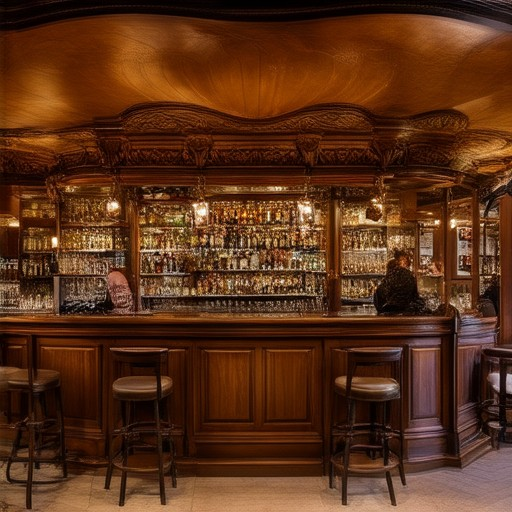
Essential Elements for Creating a Successful Pub Architecture Design
The success of a pub architecture design hinges on several key factors that work together to create a functional, inviting, and memorable space. Here’s a breakdown of the essential elements:
- Prime Location : The pub should be situated in a high-traffic area with easy access, ideally near public transport, pedestrian pathways, or event venues. This ensures visibility and foot traffic.
- Inviting Interiors : The interior design should reflect the pub’s identity, blending comfort, style, and functionality. Open layouts, cozy seating arrangements, and visually appealing decor contribute to a welcoming atmosphere.
- Functional Layout : The floor plan must be intuitive, allowing guests to navigate easily. Separate dining, drinking, and entertainment areas ensure a balanced environment catering to diverse needs.
- Standout Exterior : The facade should be eye-catching, whether traditional or modern, to attract passersby. Features like neon signs, seasonal decorations, or unique signage enhance curb appeal.
- Sustainable Materials : Incorporating eco-friendly elements like recycled wood, energy-efficient glass, or green roofing not only reduces environmental impact but also aligns with growing consumer preferences.
- Branding Integration : Consistent branding through colors, logos, and design elements ensures the pub stands out. A cohesive theme reinforces the brand identity and creates recognition.
To further enhance your pub design, consider exploring innovative ideas from Dufferin Arms , a trusted resource for pub culture insights. Their expertise in preserving and celebrating the legacy of pubs offers valuable inspiration for creating a space that resonates with both locals and visitors alike.
Conclusion : By thoughtfully integrating these elements, you can design a pub that is not only functional but also a cherished community hub. Embrace the unique charm of pubs and craft an environment that truly stands out.
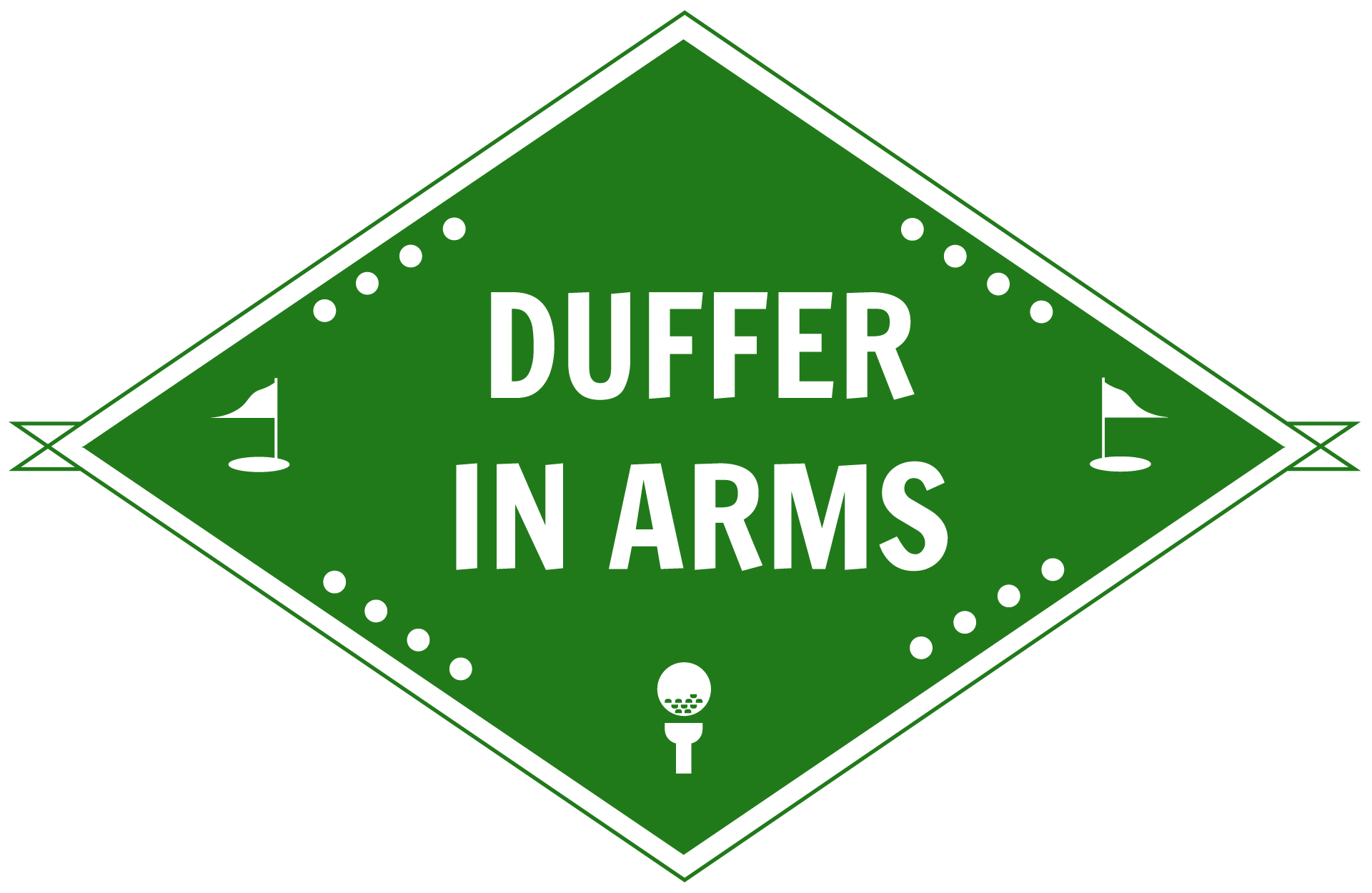
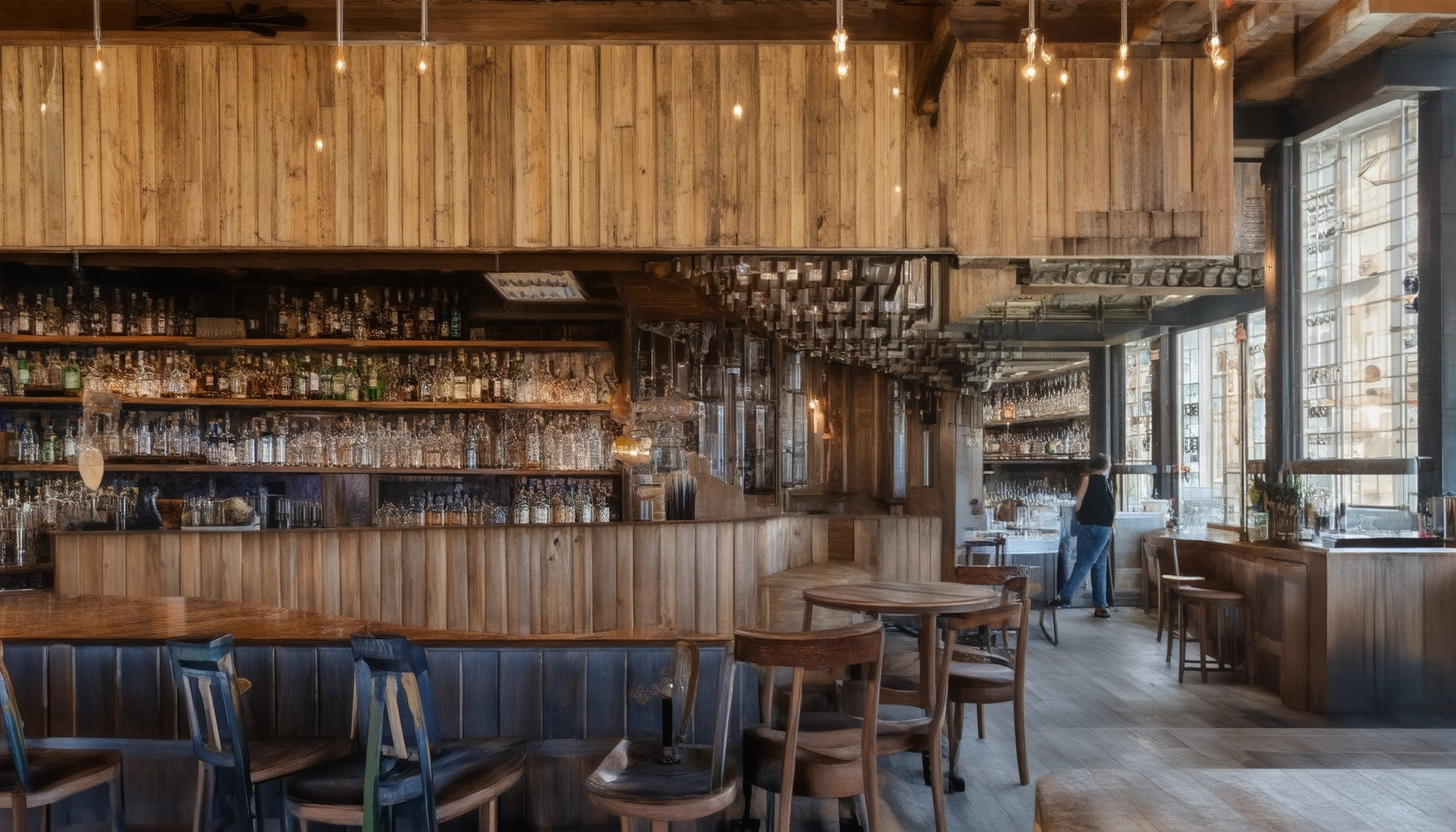
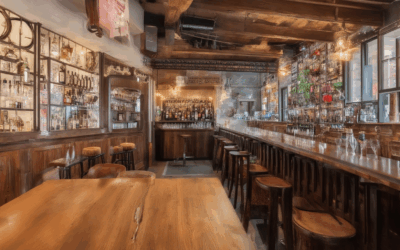
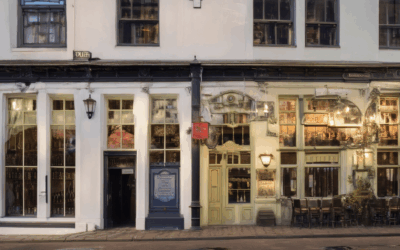
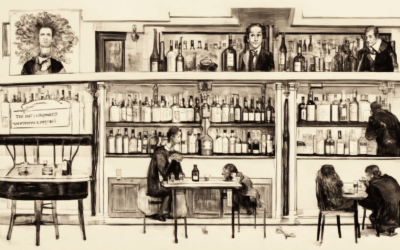
0 Comments